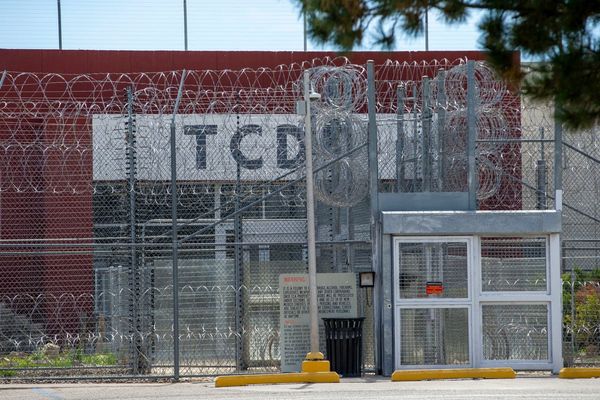
The federal estate tax exemption increased again for 2026. Yet, the higher, IRS-inflation-adjusted number may not come as a surprise to most who have been watching the news.
Enacted on July 4, 2025, the Trump/GOP spending bill, sometimes referred to as the "big beautiful bill" (BBB), permanently extended several temporary federal tax provisions. Among these changes is an increase in the estate exemption amount to a higher base threshold.
And with next year's higher exemption amount, heirs may receive a potentially lower federal tax bill. But there may be an increase in taxes for some high-income earners.
Here's more of what you need to know.
Estate tax exemption 2026
The federal estate tax doesn’t apply unless you hit a certain exemption amount. Thanks to the BBB, the exemption remains high, and the IRS has increased the exemption to the amounts below for 2026:
- The exemption amount for people who pass away in 2026 is $15 million (up from $13.99 million for the 2025 tax year).
- Married couples can expect their exemption to be $30 million (up from the current $27.98 million for 2025 taxes).
Federal estate tax rates
Due to the higher 2026 exemption amount, only a certain percentage of estates will be subject to the federal estate tax.
However, estates valued over the tax amount will be taxed at a pretty hefty rate, with those exceeding more than $1 million ($16,000,000 or $31,000,000 combined for married couples) taxed at 40%.
Below is how much heirs can expect to pay based on an estate’s value:
Rate |
Taxable Amount (Value of Estate Exceeding Exemption) |
18% |
$0 to $10,000 |
20% |
$10,001 to $20,000 |
22% |
$20,001 to $40,000 |
24% |
$40,001 to $60,000 |
26% |
$60,001 to $80,000 |
28% |
$80,001 to $100,000 |
30% |
$100,001 to $150,000 |
32% |
$150,001 to $250,000 |
34% |
$250,001 to $500,000 |
37% |
$500,001 to $750,000 |
39% |
$750,001 to $1 million |
40% |
More than $1 million |
The estate tax exemption is also indexed for inflation.
Period |
Exemption Amount |
2019 |
$11,400,000 |
2020 |
$11,580,000 |
2021 |
$11,700,000 |
2022 |
$12,060,000 |
2023 |
$12,920,000 |
2024 |
$13,610,000 |
2025 |
$13,990,000 |
2026 |
$15,000,000 |
State estate tax rates
Some states may impose an estate tax of their own (and the exemption amounts aren’t always as generous as the federal estate tax exemption).
For instance, in Massachusetts, the state estate tax exemption is just $2 million and isn’t indexed for inflation.
A few states also impose an inheritance tax, which can leave a tax bill for your heirs on even small amounts of money.
Nebraska, for example, imposes an inheritance tax on adult children when their inheritances exceed $100,000. In Kentucky, nephews and nieces only receive a $1,000 exemption.
Individual AMT phaseout threshold lowers in 2026: Will you have to pay AMT?
Before the Tax Cuts and Jobs Act (TCJA), 5.2 million Americans paid the Alternative Minimum Tax (AMT), per Tax Policy Center data. This "parallel tax system" was implemented to ensure that higher-income taxpayers pay a minimum amount of tax.
However, through the TCJA, the individual AMT threshold was raised in a couple of ways:
- Increasing the exemption amount from $84,500 to $137,000 for married filing joint couples (single filers from $54,300 to $88,100).
- Raising the phase-out threshold from $160,900 to $1,252,700 for married filing joint couples (single filers from $120,700 to $626,350).
The result was that the number of taxpayers who paid AMT dropped from about 5 million to just 200,000 in 2018, according to the Tax Policy Center. Under the BBB, the individual AMT exemption amounts were made permanent.
But starting in 2026, the phaseout will be lowered to $500,000 for singles and $1 million for married couples filing jointly. Once more, the phaseout rate for every dollar above this threshold was increased from 25% to 50%.
This means more income from higher earners will be subject to AMT next year.
So even if you haven't paid AMT in recent years, you may start paying this alternative tax in 2026 if you're a high-income earner.







